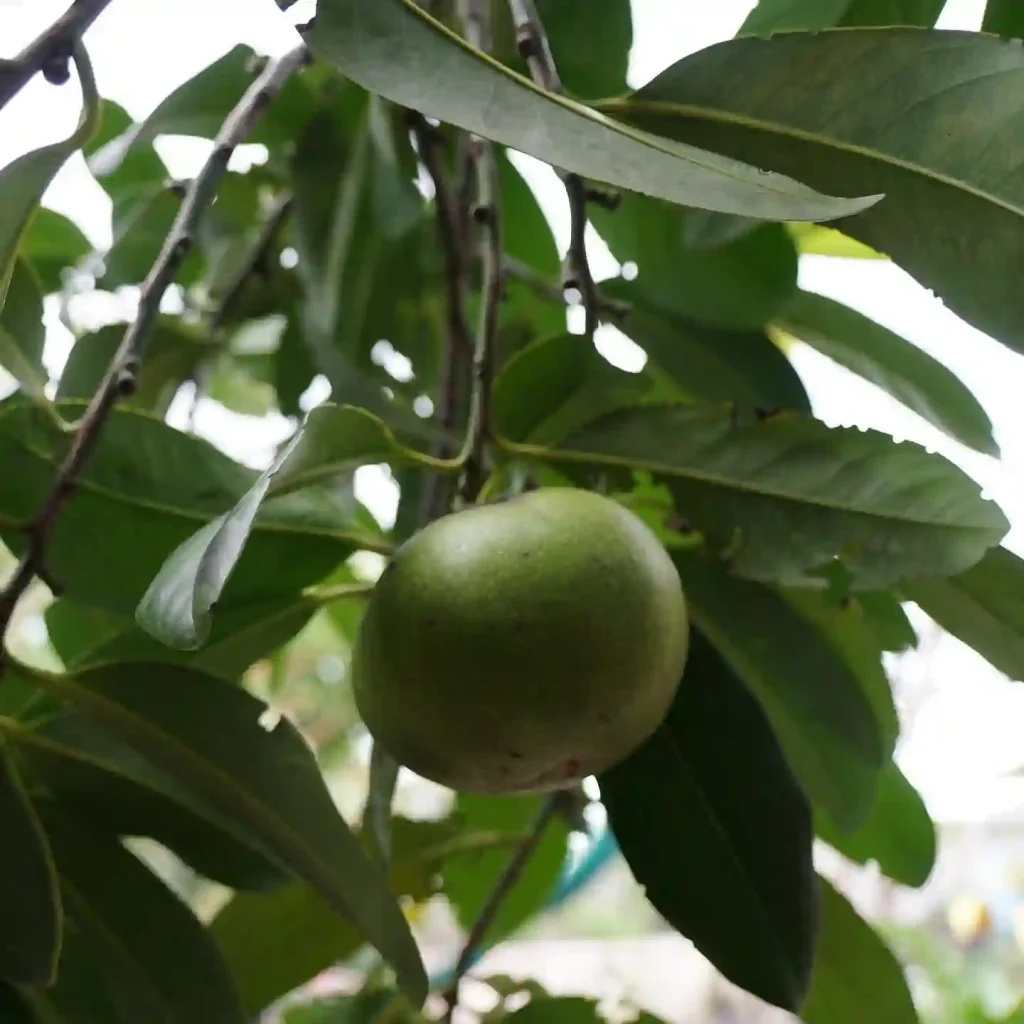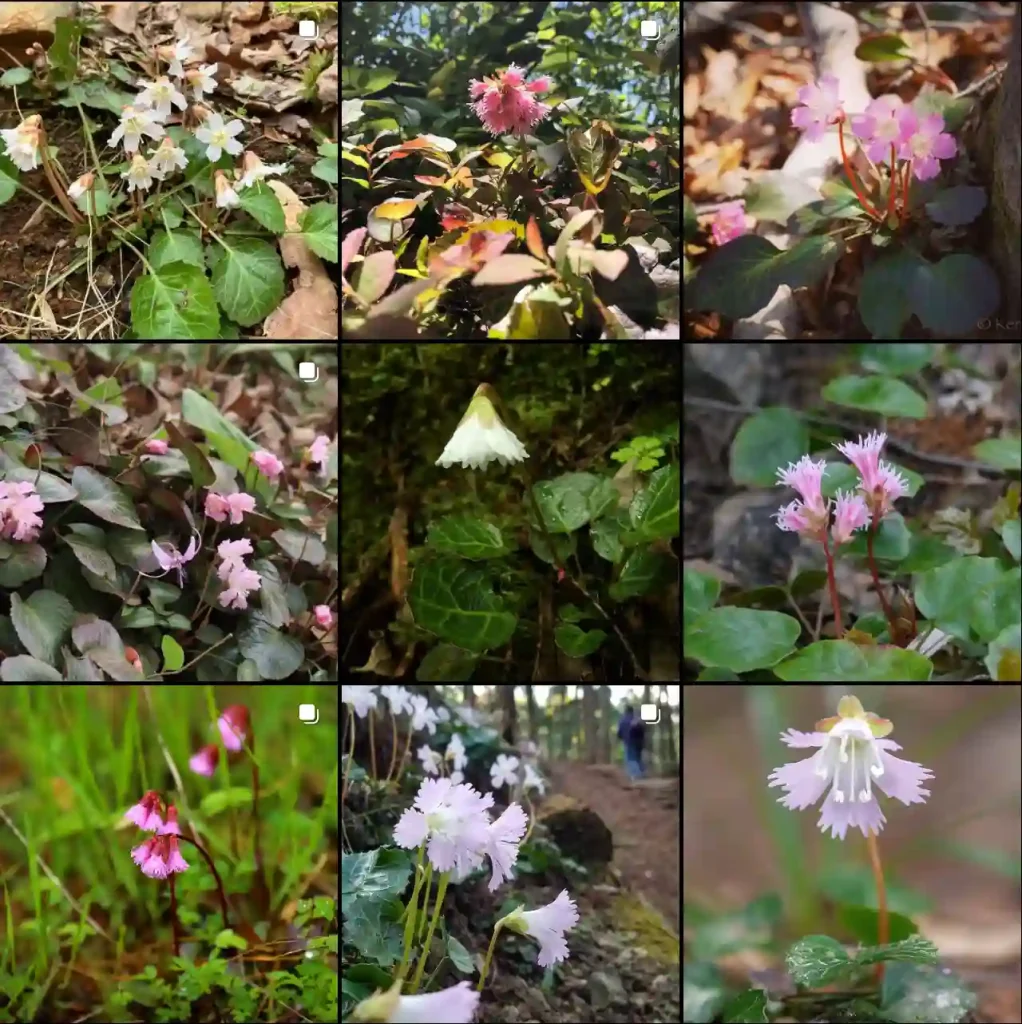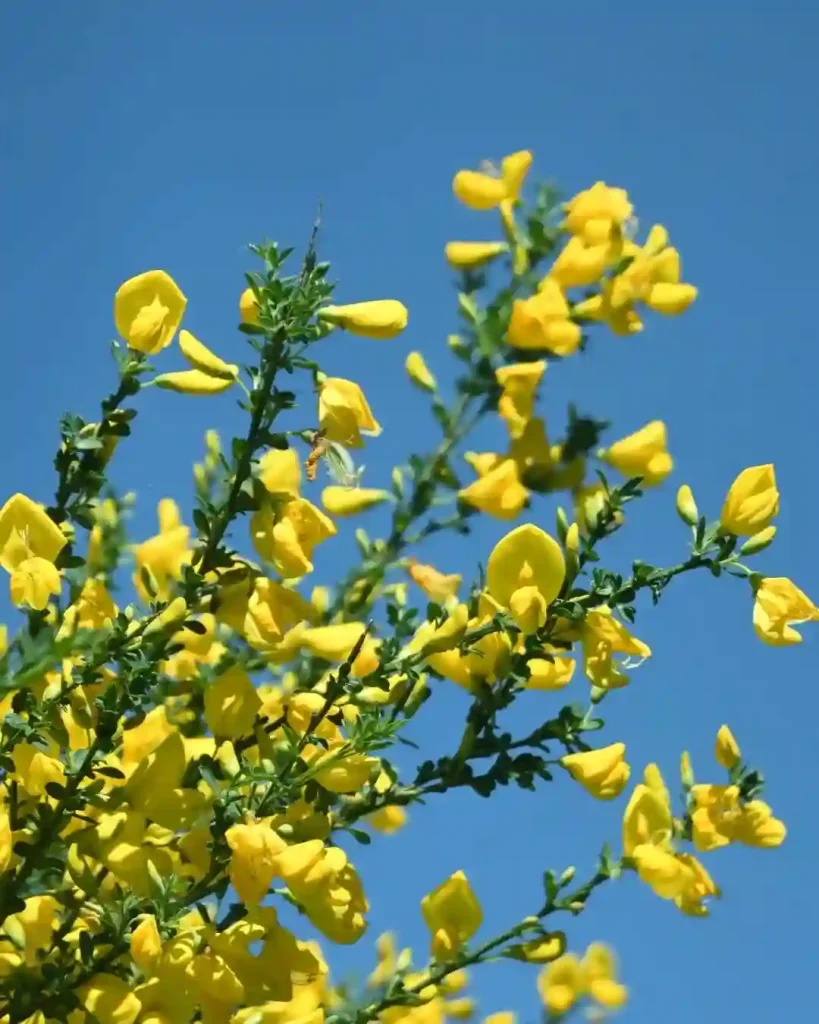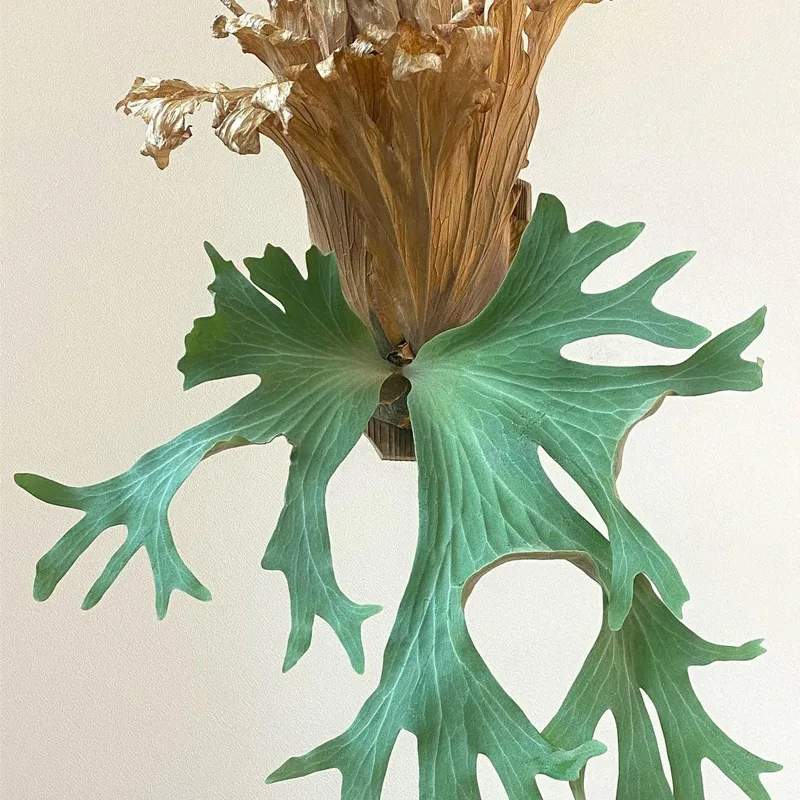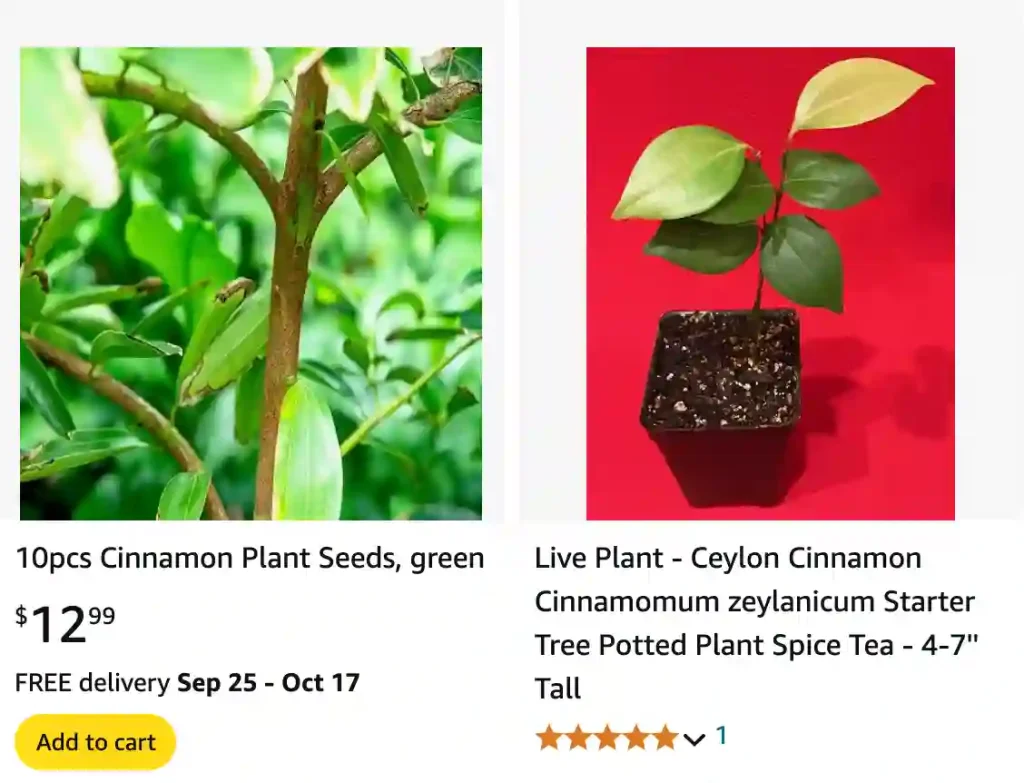
What is Cinnamomum Verum?
Cinnamomum Verum, often referred to as “true cinnamon,” is a popular spice derived from the inner bark of trees native to Sri Lanka. This type of cinnamon is known for its light, sweet flavor, which sets it apart from other varieties. Unlike Cassia cinnamon, which is more commonly found in stores, Cinnamomum Verum has a more delicate and complex taste. This makes it a favorite among chefs and home cooks who value its nuanced flavor.
236 Species in Genus Cinnamomum
Is cinnamon bad for dogs? Can dogs have cinnamon?
I’ve always wondered about that cinnamon stuff! It smells incredible, and my humans seem to love putting it in all sorts of tasty treats. But I guess the good news is that cinnamon itself isn’t particularly bad for us dogs. Now, eating a whole jar of it probably won’t do me any favors, and I can’t handle the spicy kind at all – that always makes my nose go crazy. But, if my human offers me a tiny bit of something with cinnamon sprinkled in, I usually gobble it up happily! It seems like a little bit is okay, but I’m always happiest when I get a treat with classic peanut butter instead.
Where does cinnamon come from?
You know, I never really thought about where cinnamon comes from! My humans just keep a little jar of it in the cupboard, and it magically appears on all sorts of delicious snacks, especially around the holidays. Apparently, I’ve been a bit spoiled! I guess I always figured it was made in a factory somewhere. I’d love to find out the real story behind cinnamon, though. Maybe it grows on a special kind of tree, like how my favorite tennis balls seem to magically sprout in the backyard? Wouldn’t that be cool!
Is cinnamon bad for cats? Can cats have cinnamon?
While I wouldn’t say cinnamon is definitively bad for cats, it definitely gives them a tummy ache! The other day I snuck a lick of my human’s cinnamon roll frosting, and let me tell you, my mouth was on fire for a while. It wasn’t fun. Plus, my human freaked out and chased me around the kitchen trying to shove some weird-smelling paste down my throat. No thanks! Since then, I tend to avoid anything that smells like that. There are just way too many delicious (and safe!) things out there to risk another cinnamon incident.
Does cinnamon kill ants?
Let me tell you, cinnamon is all bark and no bite when it comes to ants! I saw my human sprinkling that brown stuff around the kitchen the other day, muttering something about keeping the ants away from the crumbs. Seemed a little silly to me. Those tiny trespassers seem to appear out of nowhere, no matter what my human tries. For a while, the kitchen did smell kind of nice, but the ants just kept marching around like nothing fazed them. Maybe it confuses them for a bit, but they definitely aren’t scared of it. If my human really wants them gone, they’ll need something stronger than some spice.
How does cinnamon grow?
I honestly had no idea cinnamon grew at all! In my world, that delicious brown powder just magically appears on the spice rack, ready to be sprinkled on my human’s breakfast. Turns out, it’s actually a lot more exciting than that! I guess cinnamon comes from the inside of a tree’s bark – how wild is that? They have to grow the trees, then cut them back, and somehow peel off just the right layers to get to the best part. Sounds a little complicated to me. I think I’m happy just enjoying the finished product and letting the humans handle all that tree-growing business!
How much cinnamon can kill you?
Uff, that’s a scary question! Luckily, from what I hear around the scratching post, you’d have to eat a whole mountain of cinnamon to be in any real danger. Seems the bigger worry is that stuff called coumarin in some types of cinnamon. Apparently, too much of that can mess with your liver. But again, we’re talking about massive amounts. A normal sprinkle on your cereal isn’t gonna hurt you. Still, maybe it’s best to leave the cinnamon math to the humans and just focus on the yummy smells and the occasional sneaky lick. My motto? Enjoy cinnamon in moderation, and leave the dangerous amounts to the cartoon characters.
Does cinnamon expire?
Honestly, I always assumed cinnamon was invincible, like some sort of magical spice that never goes bad. It’s one of those things that always seems to be hiding in the back of the spice cupboard, no matter how long it’s been there. But, apparently, even cinnamon isn’t immortal! I guess it loses its kick after a while. It won’t make you sick or anything, but the flavor just won’t be as strong and delicious. Luckily, those little jars last pretty darn long, way longer than any treats around here do anyway!
Does cinnamon break a fast?
That depends on how strict your fast is! I know my humans get all focused on calories and ingredients whenever they’re doing one of those fasts. They seem to think a little sprinkle of cinnamon in their coffee is okay, probably because it has basically no calories and actually makes their fasting easier. Apparently, it can help keep their hunger in check. But, if you’re talking about a super-strict fast where it’s just water, I guess even a tiny bit of cinnamon would technically break it. Personally, I don’t really do the fasting thing. I’m much happier with a full bowl!
Does cinnamon repel mice?
You know, I keep hearing about this cinnamon and mice thing! My humans grumbled something about it when they spotted one of those pesky critters scurrying around the kitchen. I tried sniffing around their little cinnamon barrier, but I don’t really get what the big deal is. The smell is kind of strong, maybe a bit annoying to a mouse’s tiny nose, but it didn’t stop that one! I guess it can’t hurt to have a bit of cinnamon around if it bothers them, but I wouldn’t count on it for full-blown mouse protection. I’m the real deterrent around here anyway!
How much cinnamon in coffee?
Honestly, I’m still figuring out this whole cinnamon-in-coffee situation. My humans adore it, but I’m not quite sold. They usually just make it for themselves, so I don’t get a chance to taste it much. From what I understand, it’s not about dumping a whole spoonful in! They usually add just a little sprinkle for flavor. Sometimes I see them with these cinnamon sticks in their mugs, too – they must really like the stuff! I think it’s all about personal taste, so start with a tiny bit and see how you like it. But for me, I’ll stick to licking the occasional splash of milk from the bottom of their cups.
Can chickens have cinnamon?
You know, I saw my chicken buddies over in the coop pecking at some weird stuff the other day. Turns out my human had sprinkled some cinnamon on their food! I was pretty surprised – it smells way too strong for them. Apparently, a little bit of cinnamon can actually be good for chickens. It helps keep them healthy and their feathers looking extra shiny. I guess they don’t mind the spice too much. Me, though? I’ll stick to chasing crickets and bugs, and leave the cinnamon for those with feathers!
Is cinnamon low fodmap?
Honestly, this whole “FODMAP” thing has me confused. My humans get all worked up about ingredients and strange-sounding names when one of them has a tummy ache. I guess cinnamon is generally okay on their low FODMAP thing, but only in small amounts. Sometimes, the type of cinnamon matters too, whatever that means. Honestly, it’s easier to just avoid the whole cinnamon situation when my humans are feeling sensitive. A simple lick of plain yogurt seems to be a safer bet and makes them just as happy!
Does cinnamon attract bugs?
Well, let me tell you, cinnamon definitely does something to bugs, but “attract” might not be the right word! See, while the smell is delicious for my humans, those tiny critters seem to hate it. I’ve watched them try to sprinkle it around to keep ants away from leftover snacks, and those ants scatter quicker than I can chase a mouse! Now, whether it works for all bugs or just ants, I’m not sure. There was that one time a big fly went buzzing right through the cinnamon cloud, so it’s definitely not foolproof. But when it comes to the creepy crawlies, I’m happy for any weapon!
What color is cinnamon?
Cinnamon is such a cozy color! It’s kind of like a warm brown, the same color as the bark of a tree. But there’s also a touch of orangey-red in there, especially when the sun hits it just right. It makes me think of delicious baked treats, cozy sweaters, and all the warm fuzzies fall brings. If someone asked me what color warmth smelled like, I’d definitely say cinnamon!
What does a cinnamon tree look like?
Cinnamon trees have a pretty unique look! They’re evergreen, which means they keep their leaves all year round, and have a lovely bushy shape. Here’s what to look out for:
Leaves: Thick, glossy, and dark green with a slight reddish tinge when they’re young. They have a smooth edge and come to a point at the tip.
Bark: This is where the magic happens! The bark is smooth and a warm reddish-brown color – exactly like the cinnamon you sprinkle on your food.
Flowers: The flowers are tiny, yellowish-white, and grow in clusters. They have a lovely but mild fragrance.
Overall, a cinnamon tree looks like a healthy, medium-sized tree with a warm, inviting color palette!
Does harvesting cinnamon kill the tree?
Nope, harvesting cinnamon doesn’t necessarily kill the tree! I learned this recently and it was a relief. They harvest the cinnamon from the inner bark, and if they do it carefully, the tree can totally bounce back.
Cinnamon vs Cassia
In my kitchen, I’ve found that while both cinnamon and cassia add a delightful warmth to dishes, cassia’s more intense, pungent flavor often overshadows the subtler sweetness of true cinnamon.
Cinnamon vs Nutmeg
I love using cinnamon and nutmeg in my baking, but I’ve noticed that cinnamon’s spiciness pairs perfectly with most desserts, whereas nutmeg gives a unique, nutty twist that’s best reserved for specific recipes like pumpkin pie.
Cinnamon vs Gnome
Comparing cinnamon to gnome might seem odd, but in my garden, cinnamon is my go-to for spicing up my favorite foods, while gnome statues add a whimsical touch to my garden but don’t quite compare in terms of flavor.
Cinnamon vs Mate
When brewing tea, I enjoy cinnamon for its comforting warmth, but mate’s earthy, robust flavor offers a completely different experience that’s invigorating and refreshing, especially in the mornings.
Cinnamon vs Metformin
As someone managing my blood sugar, I’ve found that while cinnamon has been a tasty way to support my diet, metformin is a crucial part of my daily routine for keeping my blood sugar levels in check.
Cinnamon vs Berberine
I’ve experimented with both cinnamon and berberine for their health benefits, and while cinnamon adds a great flavor to my meals, berberine has been a more potent aid in managing my blood sugar levels effectively.
Cinnamon vs Mint
I adore cinnamon’s sweet and spicy profile in my baking, but when it comes to refreshing beverages, mint’s crisp, cooling flavor is unbeatable and instantly revitalizes me on a hot day.
Where to Buy Cinnamomum Verum?
Finding Cinnamomum Verum can be a bit tricky, as it’s not as widely available as Cassia cinnamon. However, you can usually find it in specialty spice shops, health food stores, or online marketplaces like Amazon and eBay. When shopping online, look for trusted brands and check customer reviews to ensure you’re getting a quality product. It’s also a good idea to check with local farmers’ markets or specialty grocery stores that focus on organic and natural products.
Can You Grow a Cinnamomum Verum Tree in California?
Yes, you can grow a Cinnamomum Verum tree in California! The tree thrives in warm, humid climates, which makes parts of California, especially the southern regions, suitable for its growth. When planting Cinnamomum Verum, choose a spot with well-drained soil and partial shade. The tree can grow up to 30-50 feet tall, so make sure it has enough space to spread out. Regular watering and occasional pruning will help keep the tree healthy and productive.
How Can I Find Verified Cinnamomum Verum?
To find verified Cinnamomum Verum, it’s crucial to buy from reputable sources. Look for labels that specify “Cinnamomum Verum” or “Ceylon cinnamon” to avoid confusion with Cassia cinnamon. Certifications such as organic or fair trade can also indicate quality and authenticity. Be cautious of overly cheap prices, as genuine Cinnamomum Verum is typically more expensive due to its quality and rarity.
How to Care for a Cinnamomum Verum Tree?
Caring for a Cinnamomum Verum tree involves regular watering, especially during dry spells, to keep the soil consistently moist but not waterlogged. The tree prefers partial shade, but it can tolerate full sun as long as it’s not exposed to intense, direct sunlight for prolonged periods. Fertilizing the tree with a balanced, slow-release fertilizer in the spring can promote healthy growth. Pruning is important to shape the tree and remove any dead or diseased branches.
Cinnamomum Verum, with its rich history and numerous benefits, is a valuable addition to any kitchen or garden. Whether you’re using it for cooking, health benefits, or growing it as a tree, this true cinnamon is sure to add a touch of sweetness and warmth to your life.
If i die, water my plants!
